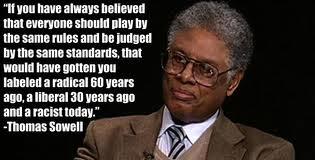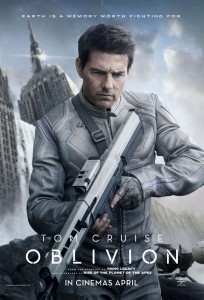 It seems like it has been a long time since audiences were given a good movie about magic. Not since Nolan’s The Prestige or Berger’s The Illusionist  in 2006 has there been any that come close to being a success. But like those two movie gems, there is something special about magic movies when they hit their mark. They create the awe and wonderment that Hollywood cinema was built on, and this movie does nothing to interfere with that belief.
It seems like it has been a long time since audiences were given a good movie about magic. Not since Nolan’s The Prestige or Berger’s The Illusionist  in 2006 has there been any that come close to being a success. But like those two movie gems, there is something special about magic movies when they hit their mark. They create the awe and wonderment that Hollywood cinema was built on, and this movie does nothing to interfere with that belief.
Now You See Me is the latest project of director Louis Leterrier, known more for his action movies (Transporter 1 and 2, Clash of the Titans) than anything else. A great cast has been assembled including starring roles for Mark Ruffalo, playing FBI agent Dylan Rhodes, Morgan Freeman as magician whistleblower Thaddeus Bradley, and the four horseman magician team of Michael Atlas (Jesse Eisenberg), Merritt Osbourne (Woody Harrelson), Henley (Isla Fisher) and Jack (Dave Franco). Throw in supporting roles from Michael Caine as a millionaire businessman and Melanie Laurent as Interpol agent turned Ruffalo’s muse, and you have maybe the most star-studded cast of any summer flick. The plot centers around four street magicians who come together to create an act under the name of The Four Horseman. Instead of just wowing audiences with their illusions, they decide that each performance will end with them robbing someone out of copious amounts of cash. Both Ruffalo and Freeman’s characters are hot on their trails for completely different reasons– one to put them in prison, the other to expose their tricks to the public. As straight forward as it sounds, the twists and turns of this movie are abundant and constantly keep the audience on the edge of their seat.
This movie is incredibly entertaining and a delight to watch. You will be hard-pressed to find another movie this summer that integrates comedy and suspense so well. Even though the method of each trick is explained by Freeman’s character shortly after it happens, the audience will still have many questions to mull over throughout the entirety. In fact, there is almost an Ocean series-type feel after each reveal. The back and forth between the affable Harrelson and smug, arrogant Eisenberg is extremely enjoyable, while the role of Ruffalo as a surly detective really shines. One of the really interesting aspects of this movie is the moral ambiguity of basically every character. Who is the hero and who is the villain? It is a very intriguing technique that only enhances the thrill of the movie. The negatives of this movie are two-fold. First, the supposed romantic relationship between Ruffalo and Laurent seems a little forced and bogs down the pace at times. It may be a necessary plot device, but their onscreen chemistry leaves a little to be desired. Second would be the overall filmmaking seems a little second class at times. Don’t get me wrong, the script holds up very well, but Leterrier’s use of lens flares and shaky camera during chases can be a little much to handle. However, neither of these aspects are enough to really detract very much from the project as a whole.
I think the vast majority of moviegoers will leave this movie with a great sense of satisfaction. The premise of this film is fantastic, and one of the few genre movies that gives an ending that does not fail the exquisite build-up. Even though this movie is a pure summer popcorn-flick indeed, the refreshing and original ideas are sure to delight and amaze. This is one film that should not have to beg you to “look closely”.
[Rating:4/5]

















